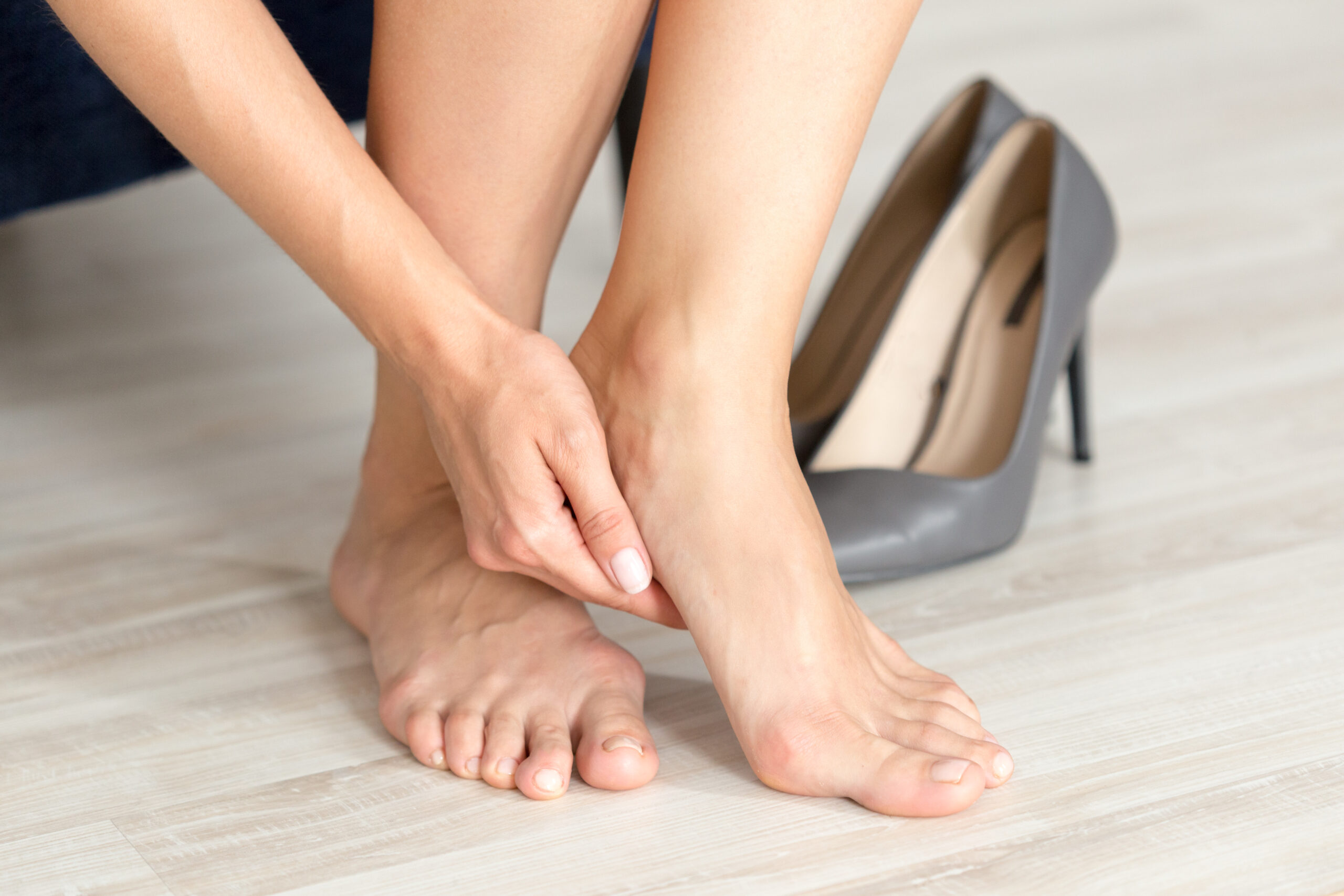
Many people experience pain in the back of their heels. It is a common region of pain that can be caused by many different structures and/or conditions, many of which people may not be aware of or even heard of before.
Due to the high degree of variance in cause of posterior heel issues, each case requires a correct and specific diagnosis as each will need to be managed in its own specific way, as what helps one condition may irritate another!
Heel Pain Rehabilitation
Also, due to many people’s different requirements for their feet (from walking, to jogging, to sprinting and jumping), each person (even with a similar condition) will require a personalised programme of rehabilitation suited to them in order to maximise the effectiveness of the programme. This may include a period of relative rest from certain activities, sports training modifications, shoe and orthotics prescriptions/changes and a varied strengthening/progressive exercise routine based on each person’s level of irritation and longevity of pathology (how long the problem has been present and how severe it is). Thankfully these are all things your Physio will be able to help with!
What Is Hurting?
The history of the condition is key.
If the problem is from an acute injury i.e., came on suddenly from a specific accident/movement, how did it happen? A quick push-off/acceleration or jump and land (a speedy or plyometric movement) would be indicative of a potential tear or (worst case scenario) rupture through one or more of the tendons in the heel – the Achilles is the most common, but also the Plantaris, FHL (Flexor Hallucis Longus) or Tibialis Posterior tendons are also at risk from this. This needs to be managed immediately by offloading the foot with a boot, crutches or at least comfortable shoes so walking is pain free. The foot is most comfortable in a plantarflexed (toes pointing down) position after this kind of injury, so a heel raise inserted into the heel of the shoe will also help. This stops extra stretching of the injured tissue which is a bad thing to do within the first 1-2 weeks after the acute injury.
Onset Of Heel Pain
If there was a delay in the onset of heel pain after an incident, there are many potential compensatory patterns that may occur and lead to overload in one of the above-mentioned tendons. However, it could also be a sign of an irritated ankle joint if the incident was an ankle sprain as up to 80% of ankle injuries involve the sub-talar joint (the one responsible for in/out twisting motions). This joint regularly refers pain to the back of the ankle/heel via irritation of the synovium, joint capsule, cartilage, ligaments or bone – basically all the structures within the ankle joint.
If the problem cannot be traced to any kind of incident and felt like it came on for no reason, it is more likely that there is a chronic overloading occurring at the heel – most likely in one of the tendons, and the Achilles is the most common again. This may be due to a more biomechanical problem throughout the whole body which leads to this excessive loading on the irritable structure.
Full Body Assessment
A full body assessment is then required to find all contributing factors. The management of this type of condition requires addressing those factors throughout the body and also strengthening (and possibly stretching) of the structure that is hurting. For example, light resistance band exercises and seated/standing heel raises are most likely to be used for this. However, it is important to note that the prescription of these exercises (sets, reps, length of hold, height of raise, external load applied, and whether to do it on flat/incline surface) vary greatly and are dependent on which tendon is in pain, the severity of injury, where in the tendon it hurts (central aspect or right at the bone) – this is where a Physio is important.



